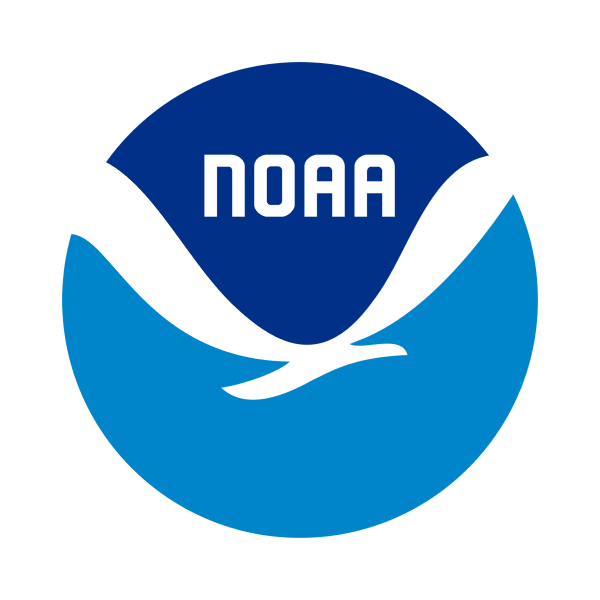Created by One Cool Earth with funding provided by the NOAA Marine Debris Program , this Marine Debris Prevention Best Practices Manual is a comprehensive guide to help establish lasting change on school campuses. It covers tips and tricks for engaging …
Last updated 23 July, 2024
Hawai‘i Marine Animal Response (HMAR) produced these resources as a part of “ A Community Approach to Addressing and Preventing Derelict Recreational Fishing Gear ,” a project supported by the NOAA Marine Debris Program to reduce the negative impacts of …
Last updated 23 July, 2024
Microplastics , or plastic particles smaller than 5mm, and the closely related microfibers might be small in size, but they have a huge impact on our environment. Through a partnership with the NOAA Marine Debris Program and National Marine Sanctuary …
Last updated 20 March, 2024
One Cool Earth , in partnership with the National Oceanic and Atmospheric Administration Marine Debris Program and Bay Watershed Education and Training program , created a series of standards-aligned lesson plans exploring issues related to marine debris …
Last updated 20 September, 2024
One Cool Earth , in partnership with the National Oceanic and Atmospheric Administration Marine Debris Program , ECOSLO , Beaver Brigade , and ytt Northern Chumash Tribe , created a series of hands-on, place-based activities for middle school groups …
Last updated 29 August, 2024
“Plastic Pollution and You,” published by New York Sea Grant , is a 15-lesson curriculum focused on marine debris sources, impacts, and solutions. These hands-on lessons and activities help students learn the different types of plastics, their impact on …
Last updated 26 February, 2025
Nature’s Academy created this Standards-Based Curriculum as part of their Science Literacy Project, part of an effort supported by the NOAA Marine Debris Program. This curriculum is focused on interdisciplinary topics addressed through place-based field …
Last updated 20 March, 2024
While there are trash monitoring protocols for waterways and shorelines, less attention is paid to plans for addressing trash along urban streets. Marine debris education, activities and messaging are predominantly geared toward coastal areas, leaving out …
Last updated 15 August, 2024
Developed as a means to educate the next generation about ocean trash and, most importantly, how we all can prevent it. Created through an educational partnership between Ocean Conservancy and the NOAA Marine Debris Program. Flexible curriculum, …
Last updated 22 March, 2024
This toolkit, created by Sea Education Association (SEA) with funding provided by the NOAA Marine Debris Program , provides strategies, best practices, and examples of successful, student-driven campaigns to reduce single-use plastics in communities. The …
Last updated 9 April, 2025
Turning the Tide on Trash is a learning guide on marine debris. This set of lesson plans and background information introduces educators, students and researchers to the topic of marine debris. The interdisciplinary education guide is designed to provide …
Last updated 20 March, 2024
Washed Ashore, in partnership with the NOAA Marine Debris Program , developed an integrated arts marine debris curriculum to educate school students about marine debris. Washed Ashore , with the help of community volunteers, has been creating large …
Last updated 25 February, 2025
Learn more about garbage patches including what they are and how we can help. … 4391 … 6550 … Garbage Patches Fact Sheet …
Last updated 22 August, 2024
Marine debris can be dangerous for wildlife, damage sensitive habitats, and create safety and navigation hazards. But did you know that marine debris can also hurt the economies of coastal communities and decrease commercial fishing revenue? Marine debris …
Last updated 26 February, 2025
Learn more about marine debris— what it is, where it comes from, and how we can help. … 4393 … 6551 … Marine Debris Fact Sheet …
Last updated 22 August, 2024
 An official website of the United States government.
An official website of the United States government. 














